Pakistan’s copper exports, driven almost entirely by the Saindak mine in Balochistan, crossed the $800 million mark in calendar year 2024, a record high for the project and one of the strongest performances in its chequered history.
Newly compiled trade data shows that copper exports surged to $842 million last year, up from $777 million the year before. That figure caps a remarkable two-decade journey from just $14.6 million in 2005, as the mine’s annual output has grown from tentative beginnings into a central – if still underappreciated – part of Pakistan’s mineral export profile.
Yet despite the political heat surrounding Saindak when the mining lease was first awarded to Chinese operators in the early 2000s, few Pakistanis outside industry and policy circles have paid attention to how much money it has actually been generating. The project has operated largely outside public scrutiny, its financial flows governed by opaque contracts and periodic extensions negotiated behind closed doors.
A look at the numbers reveals a slow but steady climb in export value during its first decade under Chinese management, followed by sharper rises in the late 2010s and early 2020s as global copper prices surged and production stabilised. By 2021, exports had already crossed the half-billion-dollar threshold; three years later, the $800 million milestone was passed. The content in this publication is expensive to produce. But unlike other journalistic outfits, business publications have to cover the very organizations that directly give them advertisements. Hence, this large source of revenue, which is the lifeblood of other media houses, is severely compromised on account of Profit’s no-compromise policy when it comes to our reporting. No wonder, Profit has lost multiple ad deals, worth tens of millions of rupees, due to stories that held big businesses to account. Hence, for our work to continue unfettered, it must be supported by discerning readers who know the value of quality business journalism, not just for the economy but for the society as a whole.To read the full article, subscribe and support independent business journalism in Pakistan


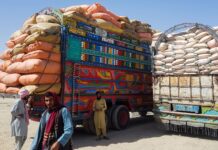
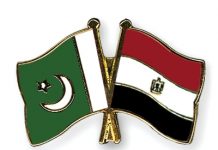
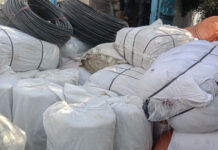
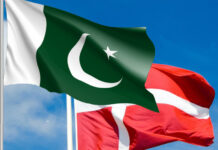



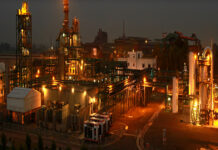


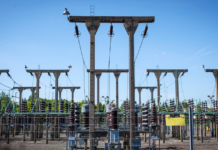







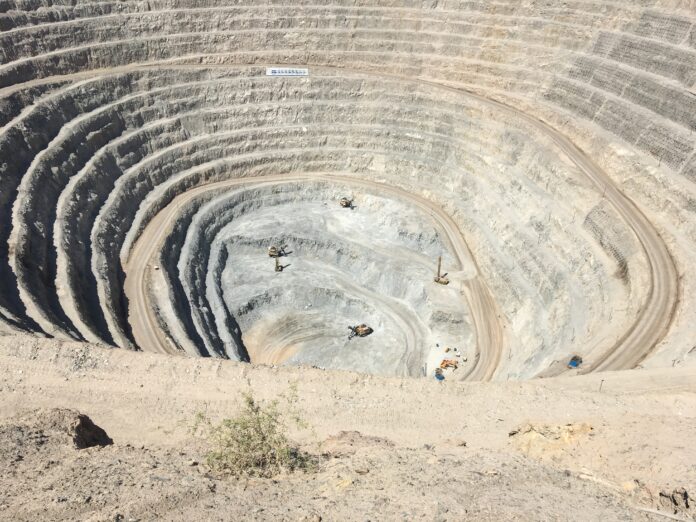





What portion of extracted copper belongs to govt of Pakistan and the extracting companies?